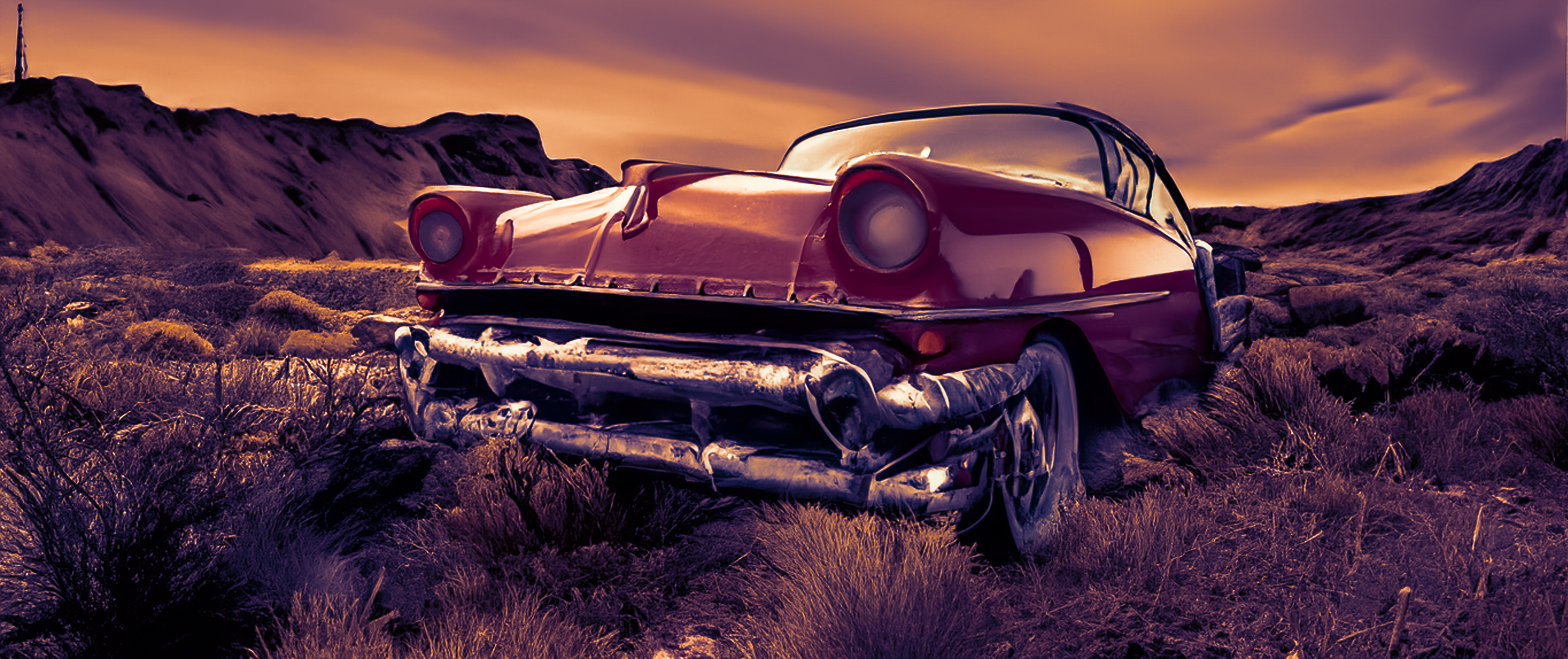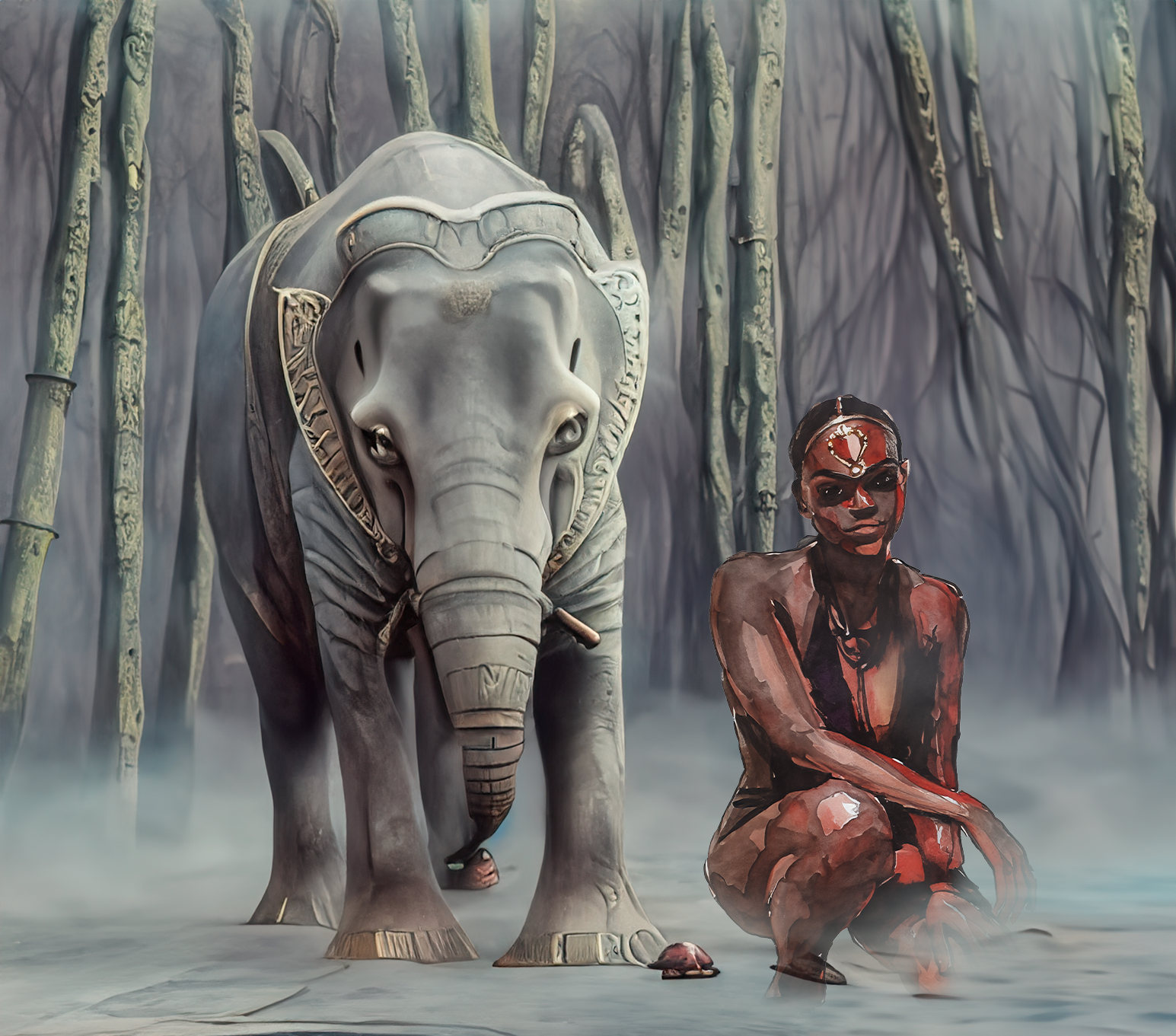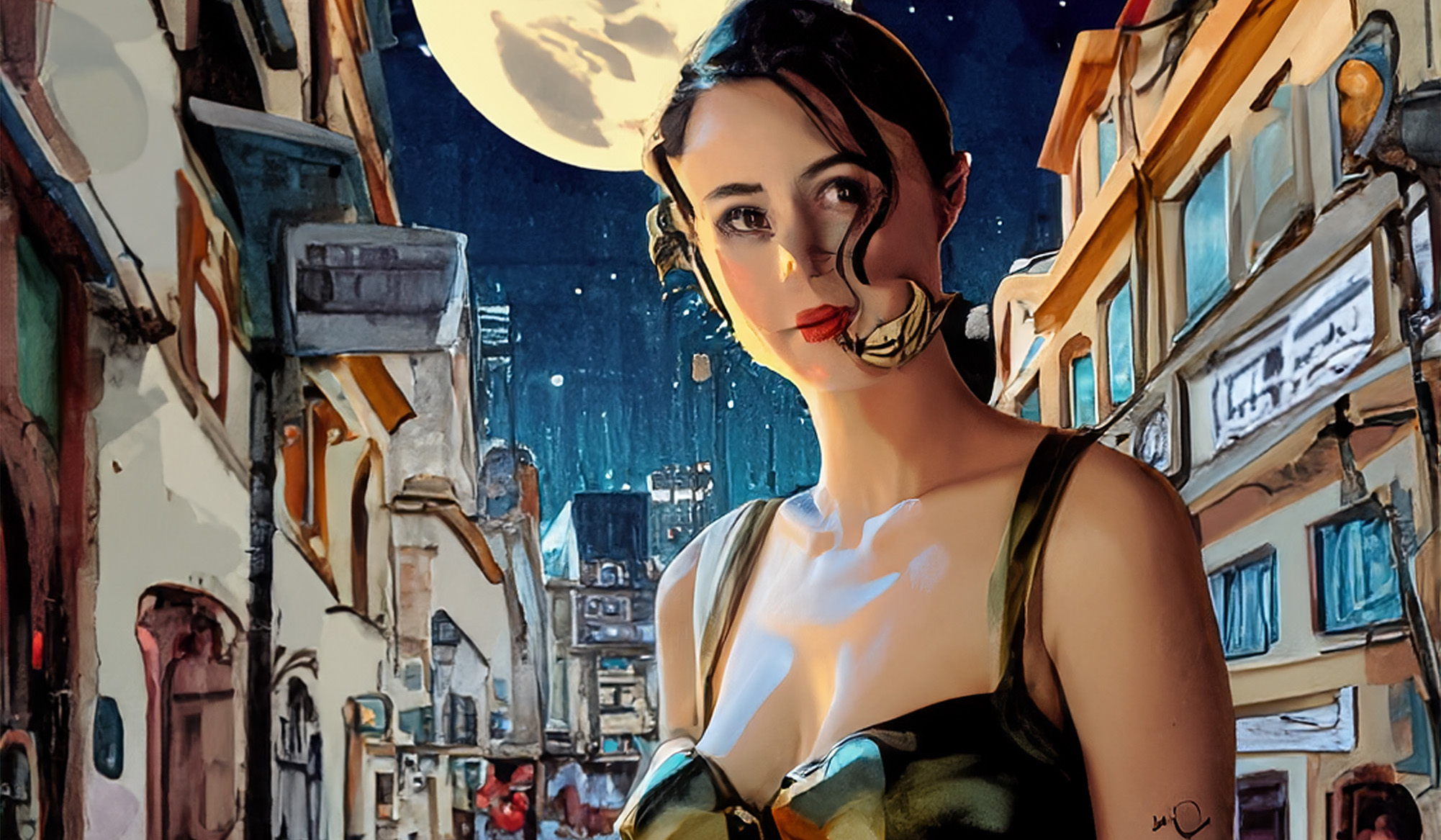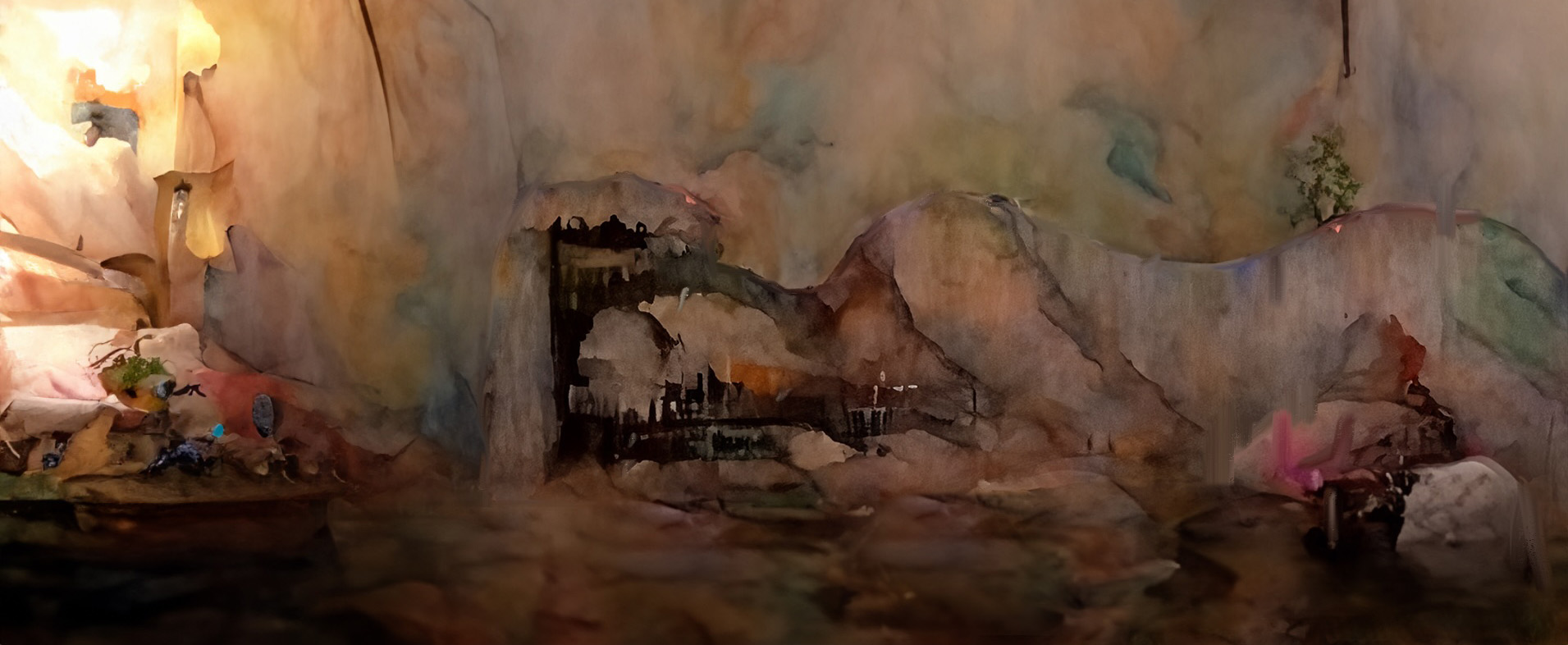Niagara Region Horses I’ve lived in a number of different parts of Canada and the USA. Different areas claim they […]
Author: Martin
Photographer Fraud – Scam Alert!!
Photographer Fraud Alert Please check this out and check online for others with similar experience! April 2024 Last Tuesday I […]
More Fun With PhotoShop AI
Layers and Layers In PhotoShop I try as much as possible to use only my own photos when I’m doing […]
Life Should Be Fun – Enjoy The Ride And Make It That Way
Life Should Be Fun – Make It So Not everything is perfect all the time. One needs to enjoy work […]
Creating Fine Art Nude Paintings With Photoshop
Not too long ago I had to upgrade my computer to allow me the advantages of Photoshop AI. For years […]



